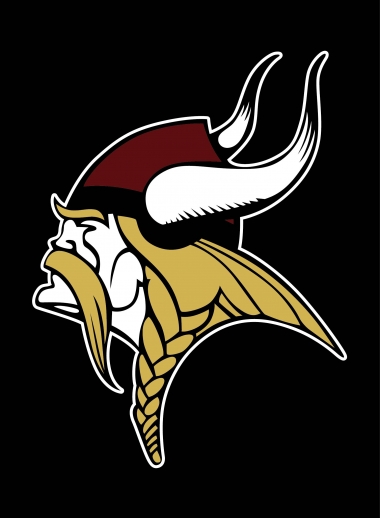Techniques for Transforming 2D Vectors into 3D Objects
The transition from a 2D vector graphic to a fully realized 3D object requires a well-defined process. One such method is extrusion, where a 2D shape is stretched into a 3D form. This technique breathes life into flat vectors, bringing depth and substance. Another approach is revolve, a method akin to shaping clay on a potter's wheel. It allows designers to craft intricate 3D objects by rotating 2D profiles.
When perfection is the goal, sweep techniques are employed. These techniques involve moving a 2D shape along a path, effectively constructing a 3D object with exquisite precision. In each case, the integrity of the original vector design remains intact, preserving the essence of the artist's vision.

Achieving Seamless 2D-3D Blends
A common challenge in the realm of vector-enhanced 3D modeling is the seamless integration of 2D and 3D elements. The marriage of these two domains is a creative endeavor that requires a keen eye for detail. To ensure harmony, lighting, shading, and texturing are paramount. These elements lend a sense of realism to 3D models, allowing them to blend naturally with 2D graphics. The artistry lies in striking a balance that captivates the viewer, making it challenging to discern where the vector ends and the 3D begins.
Real-World Applications of Vector-Enhanced 3D Models
The applications of vector-enhanced 3D models span a myriad of industries. In architecture, vector graphics play a pivotal role in the creation of architectural mock-ups and 3D renderings. Designers leverage vectors to draft precise floor plans and elevation diagrams, ensuring the accuracy of every detail.
Product design benefits immensely from vector-enhanced 3D modeling. Companies use these designs to prototype new products and analyze their form and function. By incorporating vector graphics, designers can craft detailed, lifelike prototypes, aiding in the development process.
Challenges and Limitations
The marriage of vectors and 3D modeling is not without its challenges. Complex shapes and intricate texturing may present difficulties. However, these challenges are not insurmountable. With the right techniques and software, designers can overcome these hurdles and unlock the full potential of vector-enhanced 3D modeling.
Vector Graphics in 3D Printing
The implications of vector graphics in 3D printing are profound. 3D printers interpret designs in layers, making vector graphics an ideal choice. They offer precision and sharpness, ensuring that the final printed product is faithful to the designer's vision. Vector-enhanced 3D models are the foundation of high-quality 3D printed objects.
The Future of Vector Graphics in 3D Modeling
As technology advances, the future of vector graphics in 3D modeling appears promising. Innovations in artificial intelligence and augmented reality have the potential to reshape this creative field. AI-assisted design and AR-enhanced modeling tools are poised to open new dimensions of possibility, making the collaboration between vector graphics and 3D modeling even more accessible and powerful.
Conclusion: Vector Graphics in 3D Modeling
In the grand tapestry of digital design, the fusion of vector graphics and 3D modeling is an evolving symphony. It offers designers the canvas to bring their ideas to life with precision, depth, and realism. This marriage of two-dimensional elegance and three-dimensional depth is a testament to the creative possibilities that abound in the world of design. As you embark on your journey, remember that the union of vectors and 3D modeling offers an exciting frontier of creativity. It's a realm where imagination knows no bounds, and design has the power to transcend dimensions.



